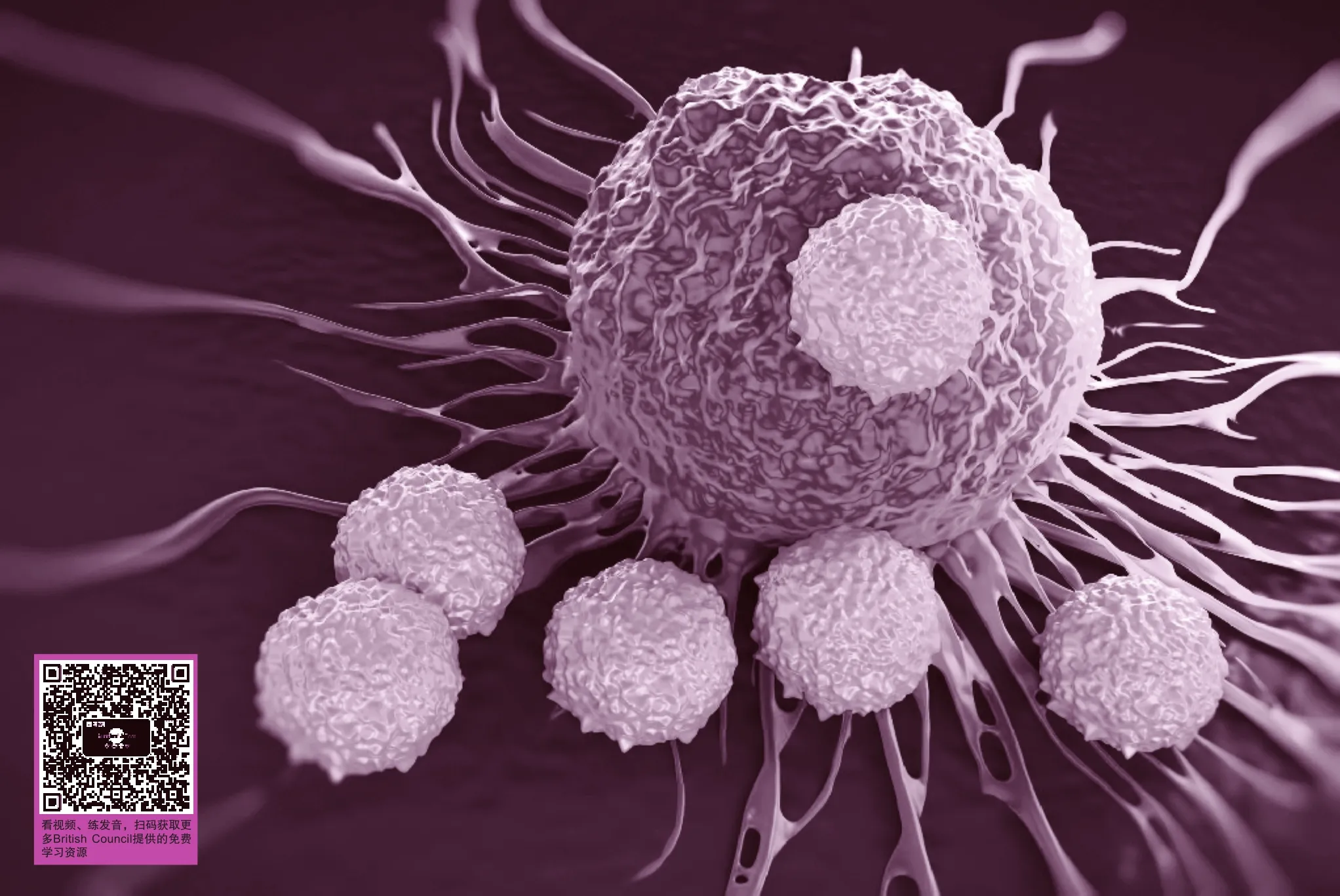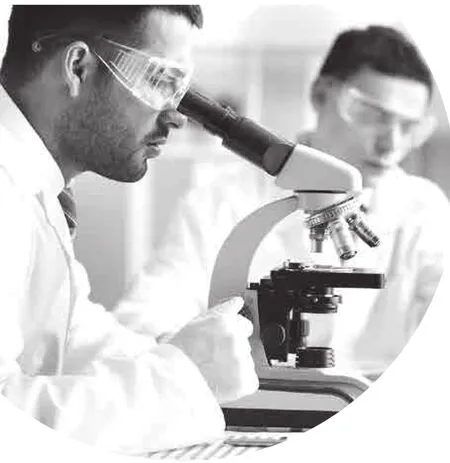New Cancer Therapy抗癌新救星
New Cancer Therapy抗癌新救星

Activity 1Before you read, complete the sentences with the words at the top.

a. cell b. complex c. laser d. proton e. therapy f. treat
1. A ( ) is a thin beam[光线]of light that can do very small, careful work.
2. A ( ) is extremely small and found inside atoms.
3. A way used to help sick people is called ( ).
4. Something with many parts that is difficult to understand is ( ).
5. The smallest part of a plant or animal is called a ( ).
6. When doctors ( ) someone, they help them to get better from injury or sickness.
Cancer is a terrible disease. Every year in the UK, more than 330,000 people get cancer and doctors usually use a type of therapy called radiotherapy[放射疗法]to treat those people. This treatment uses highenergy X-rays to destroy the disease, but the effects of the treatment can be nearly as bad as the cancer. As the X-rays destroy the cancer cells, they also damage healthy cells that are next to it. It’s like using a shotgun[霰弹枪]to kill an insect. When really important parts of a person’s body are hurt by the X-ray energy,it can have very bad results. It can also make more cancer grow in those damaged places in the future.
A new therapy that uses protons instead of X-ray energy could be the answer to the problem. At the PRaVDA project, scientists from the UK and South Africa are working on this issue[问题]. While X-ray energy is like a shotgun, protons work more like a laser.Scientists can make protons travel through someone’s body—without hurting them—and only damage the cancer cells.


The PRaVDA scientists use computers to make a 3D model of the cancer cells to make sure the protons go to the right places. “It’s more accurate,” says Dr. Michaela Esposito,from the University of Lincoln.
Building this technology was very difficult, though. Professor Nigel Allinson,the project leader, has got a team of many different kinds of scientists with different skills. Those skills were all needed to make what he calls “one of the most complex”medical machines ever. It’s also ten times more expensive than X-ray radiotherapy.Even so, Professor Allinson believes that most cancer treatment will be done by protons in the future. “I think it will improve the quality of life for many cancer patients,” he says.

